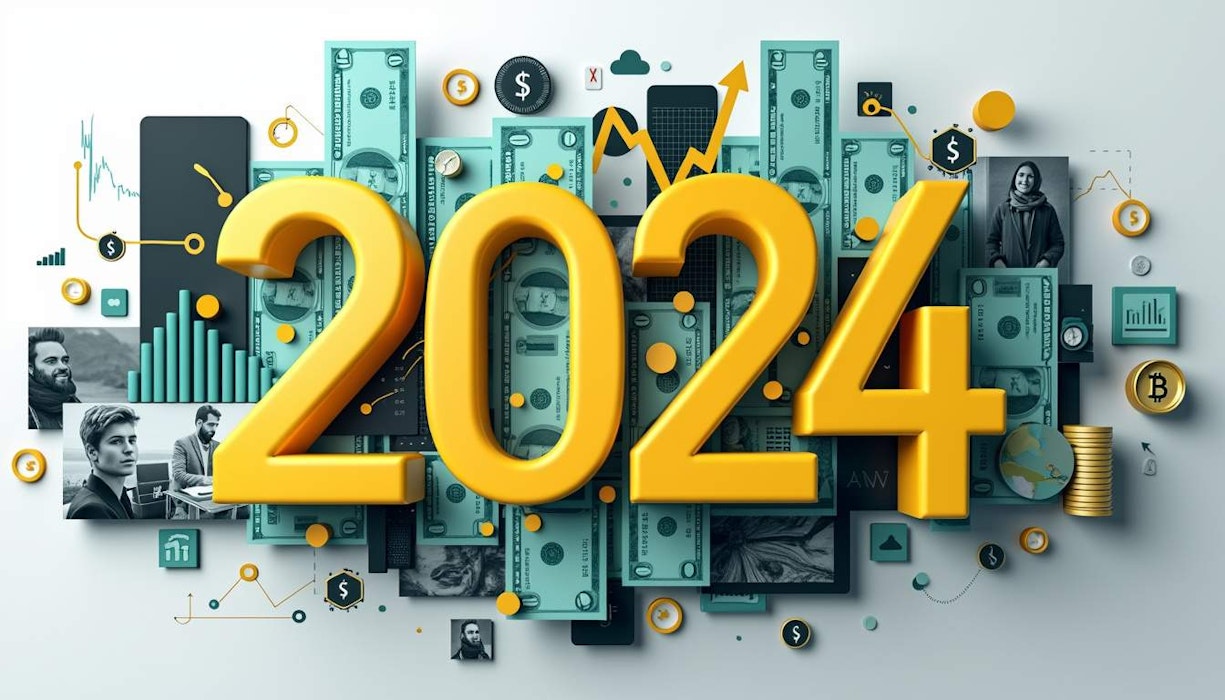2024 might just be the year we look back on as the moment Bitcoin went mainstream. The successful launch of spot Bitcoin ETFs, MicroStrategy CEO Michael Saylor’s ambitious plan to buy $42 billion in Bitcoin, and a few other things have really changed the game. With all these developments, it feels like Bitcoin has crossed some invisible line into the big leagues.
Now, there's a lot of talk around how integrated Bitcoin is becoming into traditional finance. I mean, you can’t go to a crypto conference or scroll through Twitter without hearing about it. So, I decided to dig a little deeper and see what it all means for us everyday folks.
Digital Currency Exchanges: The Unsung Heroes
One thing that stood out to me is the role of digital currency exchanges in this whole scenario. Platforms like Bitso and Mercado Bitcoin are making it super easy for people and businesses to buy and sell cryptocurrencies. These exchanges are actually saving us a ton on fees compared to traditional banking systems.
And let's not forget about stablecoins. They’re like the calm seas in an otherwise stormy crypto ocean. Companies are using them to navigate cross-border payments without getting hit with crazy fees or long wait times that come with traditional remittance services.
Take Argentina, for example—a country grappling with inflation so high it makes your head spin. People there are turning to cryptocurrencies like Dai, which is pegged to the US dollar, as a way to avoid local currency devaluation. It’s fascinating how these digital currencies are becoming lifelines in such turbulent economic waters.
What Could Push Bitcoin Past $100K?
But here’s where things get interesting: what’s next? According to Brian Russ—an investment guy who seems pretty knowledgeable—Bitcoin needs a catalyst if it's going past $100k anytime soon. Sure, there’s institutional adoption happening and some organic growth, but he thinks something big has got to happen first.
He mentioned that expected interest rate cuts by the U.S. Federal Reserve could create an optimal environment for Bitcoin's price surge. On-chain data shows accumulation by whales too; they seem pretty confident about something.
One thing's for sure: historical patterns suggest that we might not be far off from new highs if things keep following past cycles.
Institutional Buy-In: The Game Changer?
Another point Russ made was about how both retail and institutional investors are loading up on shares of spot Bitcoin ETFs like there’s no tomorrow. He predicts that wealth management firms will soon start advising clients on diversifying into crypto as part of their portfolios—and let me tell you, that could be a game changer!
A recent study from VanEck caught my eye; apparently, a traditional 60/40 portfolio has been yielding decent returns historically—but what if you added 7% of crypto into the mix? According to them, that return could’ve been significantly higher!
It makes sense why more folks would consider adding cryptocurrencies into their investment mix after seeing data like that.
Summary: A New Era for Finance?
So here we are at this crossroads—the mainstreaming of Bitcoin is reshaping global finance as we know it. Small businesses across Latin America are leveraging these digital tools for efficient cross-border transactions while countries with friendly regulatory environments are paving clearer paths forward.
As hyperinflation continues its rampage in places like Venezuela, cryptocurrencies offer not just an alternative but almost a necessity for preserving value and ensuring smooth transactions.
All things considered—it looks like we're just at the beginning stages of this evolution.
